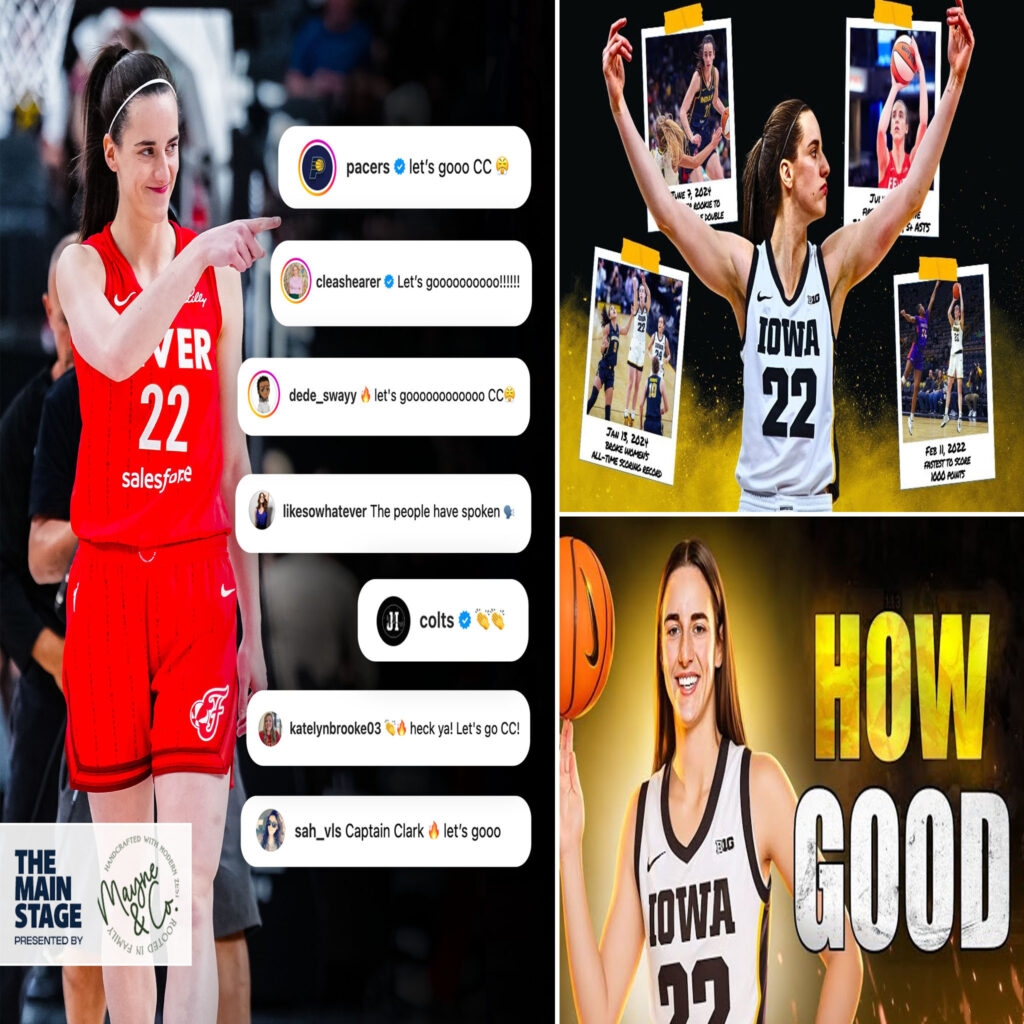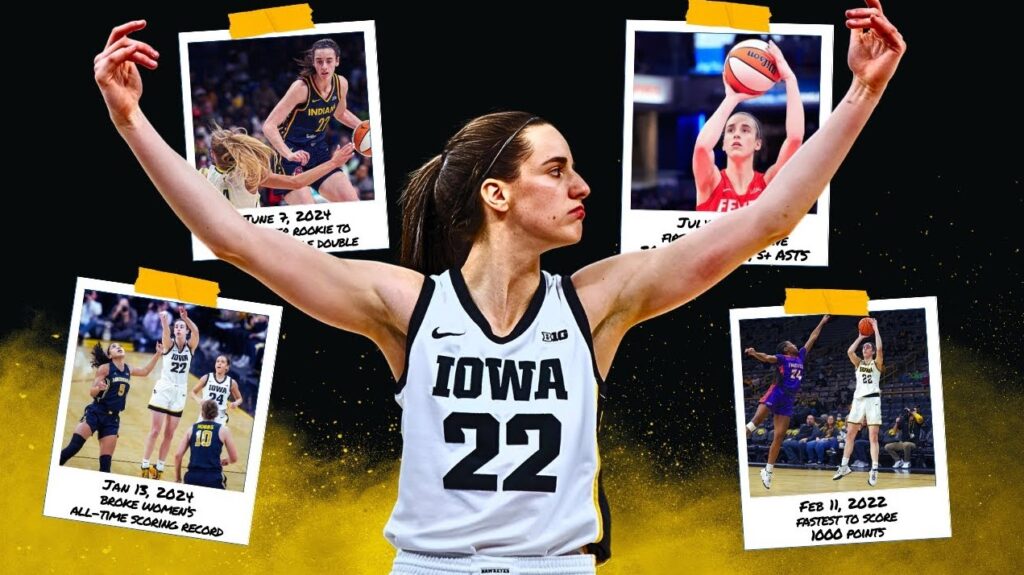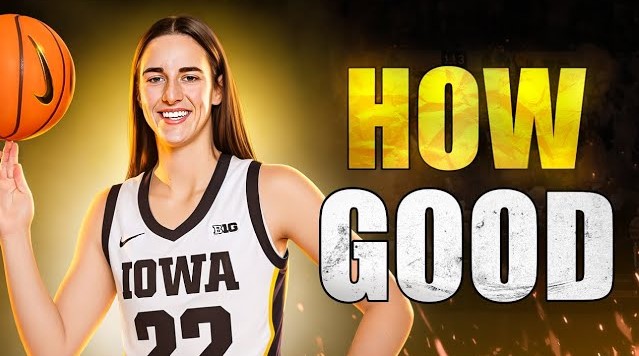Caitlin Clark: The Controversial Captain Choice That Has Everyone Talking
The basketball world has been buzzing with intense debate and fervent discussion following the recent announcement that Caitlin Clark has been selected as captain for the upcoming WNBA All-Star Game, a decision that has sparked both celebration and controversy across social media platforms and sports commentary circles. With an unprecedented 1.3 million fan votes backing her selection, Clark has shattered previous voting records and demonstrated the immense popularity she has garnered since entering the professional basketball arena as a rookie sensation. However, beneath the surface of this overwhelming public support lies a complex web of questions about merit, performance, and whether popularity should outweigh on-court achievements when determining leadership roles in professional sports.

Clark’s journey to captaincy represents a fascinating case study in modern sports culture, where social media influence, fan engagement, and traditional basketball metrics intersect in ways that previous generations of players never experienced. The Indiana Fever guard’s selection comes at a time when she has played in only 60% of her team’s games due to various injuries and setbacks, raising legitimate questions about whether physical presence and consistent availability should be prerequisites for leadership positions in elite competitive environments. Critics argue that while Clark’s talent is undeniable and her impact on women’s basketball visibility has been transformative, the captain’s role traditionally goes to players who demonstrate both exceptional skill and unwavering reliability throughout the season.
The statistical breakdown of Clark’s performance this season reveals a player of remarkable talent operating under challenging circumstances, with averages that showcase her ability to influence games when healthy while also highlighting the inconsistency that has plagued her debut professional campaign. Her supporters point to her record-breaking college career, her ability to elevate teammates’ performance when on the court, and her role in bringing unprecedented attention to women’s professional basketball as evidence that leadership extends beyond mere games played. They argue that Clark’s influence on the sport transcends traditional metrics, citing increased television viewership, social media engagement, and merchandise sales as indicators of her transformative impact on the WNBA’s cultural relevance and commercial viability.

The voting process itself has become a subject of intense scrutiny, with basketball purists questioning whether fan-based selection methods adequately reflect the basketball acumen and professional judgment necessary for identifying true leaders in competitive sports environments. Some analysts have suggested that the current system, which heavily weights public opinion and social media popularity, may inadvertently undermine the integrity of professional recognition systems by prioritizing entertainment value over basketball excellence and consistent performance. This debate touches on broader questions about how professional sports should balance fan engagement with maintaining the credibility and respect that elite competitions require to sustain their legitimacy among serious basketball enthusiasts and industry professionals.
International basketball observers have noted that Clark’s selection reflects uniquely American sports culture phenomena, where individual personality and marketability often carry equal weight with traditional performance metrics in determining public recognition and commercial opportunities. European and Asian basketball leagues typically employ more conservative, statistics-based approaches to selecting team leaders and representatives, leading to interesting cross-cultural discussions about the role of entertainment versus pure competition in professional sports. These international perspectives have added another layer to the ongoing debate about whether Clark’s captaincy represents an evolution in how modern sports organizations should approach leadership selection or a concerning departure from merit-based traditions.

The timing of Clark’s selection coincides with broader conversations about generational changes in professional basketball, where younger players increasingly leverage social media platforms and personal branding strategies to build influence that extends far beyond their on-court contributions. Marketing experts have identified Clark as a prime example of how modern athletes can construct powerful personal brands that translate into mainstream cultural relevance, even when traditional performance metrics might suggest other players deserve greater recognition. Her ability to generate conversation, drive engagement, and attract new audiences to women’s basketball represents a skill set that many argue is equally valuable to pure basketball talent in today’s media-saturated sports landscape.

As the All-Star Game approaches, Clark’s captaincy will undoubtedly serve as a fascinating test case for whether leadership effectiveness can be measured by inspiration and cultural impact rather than solely through traditional basketball achievements and consistent availability. The basketball community will be watching closely to see how she handles the pressure, responsibilities, and expectations that come with representing not just her teammates but also the evolving identity of women’s professional basketball in an era of unprecedented growth and transformation.